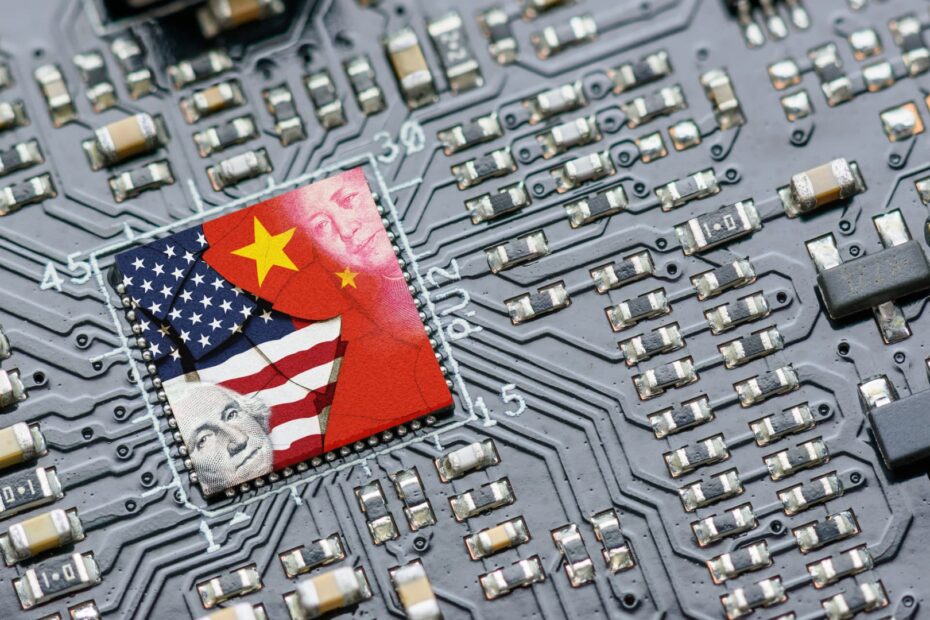Recently, both AMD and Intel saw a dip in their stock prices following a report that China had instructed its telecoms to remove foreign chips from their networks. This news has sparked concerns among investors about the impact this could have on the two major chip manufacturers.
The report, which was published by Bloomberg, stated that China had ordered its state-owned telecoms to replace all foreign-made equipment and software with domestically produced alternatives within three years. This move is seen as part of China’s larger efforts to reduce its reliance on foreign technology and strengthen its domestic semiconductor industry.
This development has raised concerns for AMD and Intel, as China is one of their largest markets. Both companies rely heavily on Chinese demand for their chips, and any disruption in this market could have a significant impact on their bottom line. Additionally, the potential loss of business in China could also affect their long-term growth prospects.
The news of China’s directive comes at a time when the global semiconductor industry is already facing challenges, including supply chain disruptions and increased competition. The ongoing trade tensions between the US and China have also added to the uncertainty surrounding the industry.
Despite the dip in their stock prices, both AMD and Intel have stated that they are monitoring the situation closely and are working to assess the potential impact on their business. They have also emphasized their commitment to complying with all relevant laws and regulations in the countries where they operate.
It remains to be seen how this development will play out in the coming months and what the implications will be for AMD, Intel, and the broader semiconductor industry. As the situation continues to evolve, investors will be closely watching for any updates that could shed light on the future prospects of these two major chip manufacturers.
